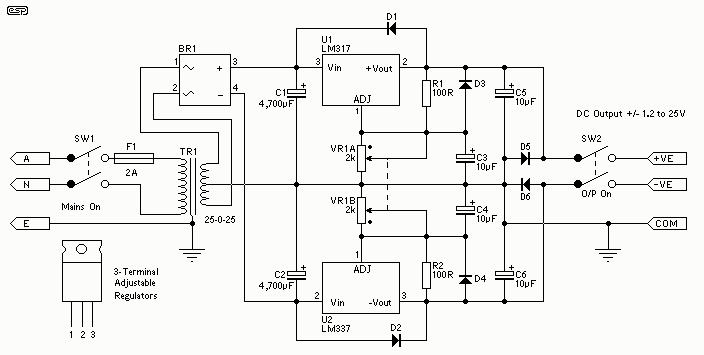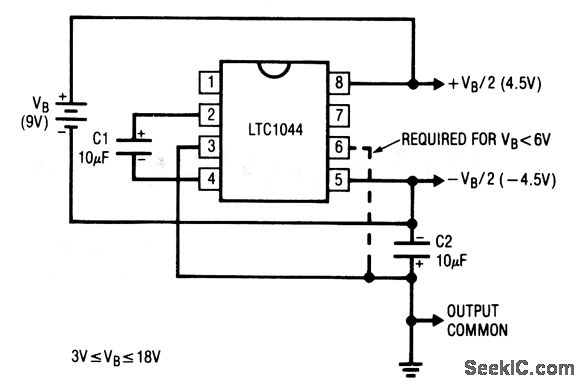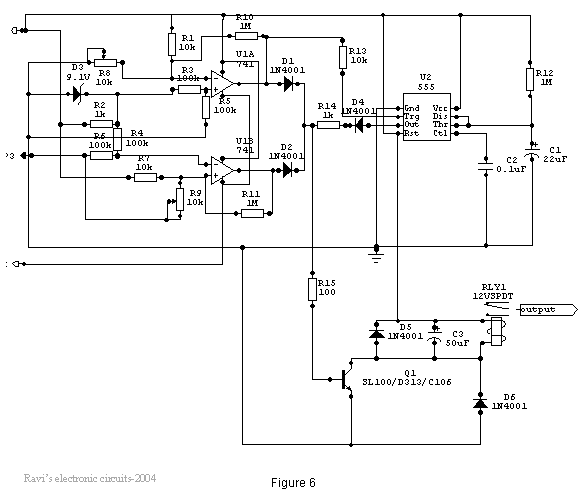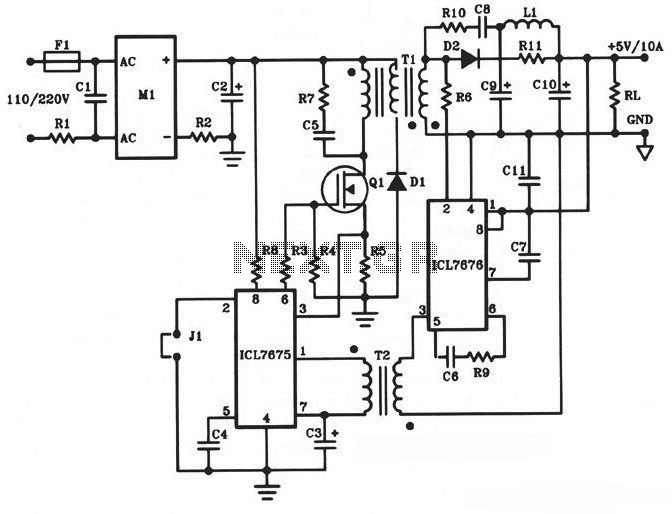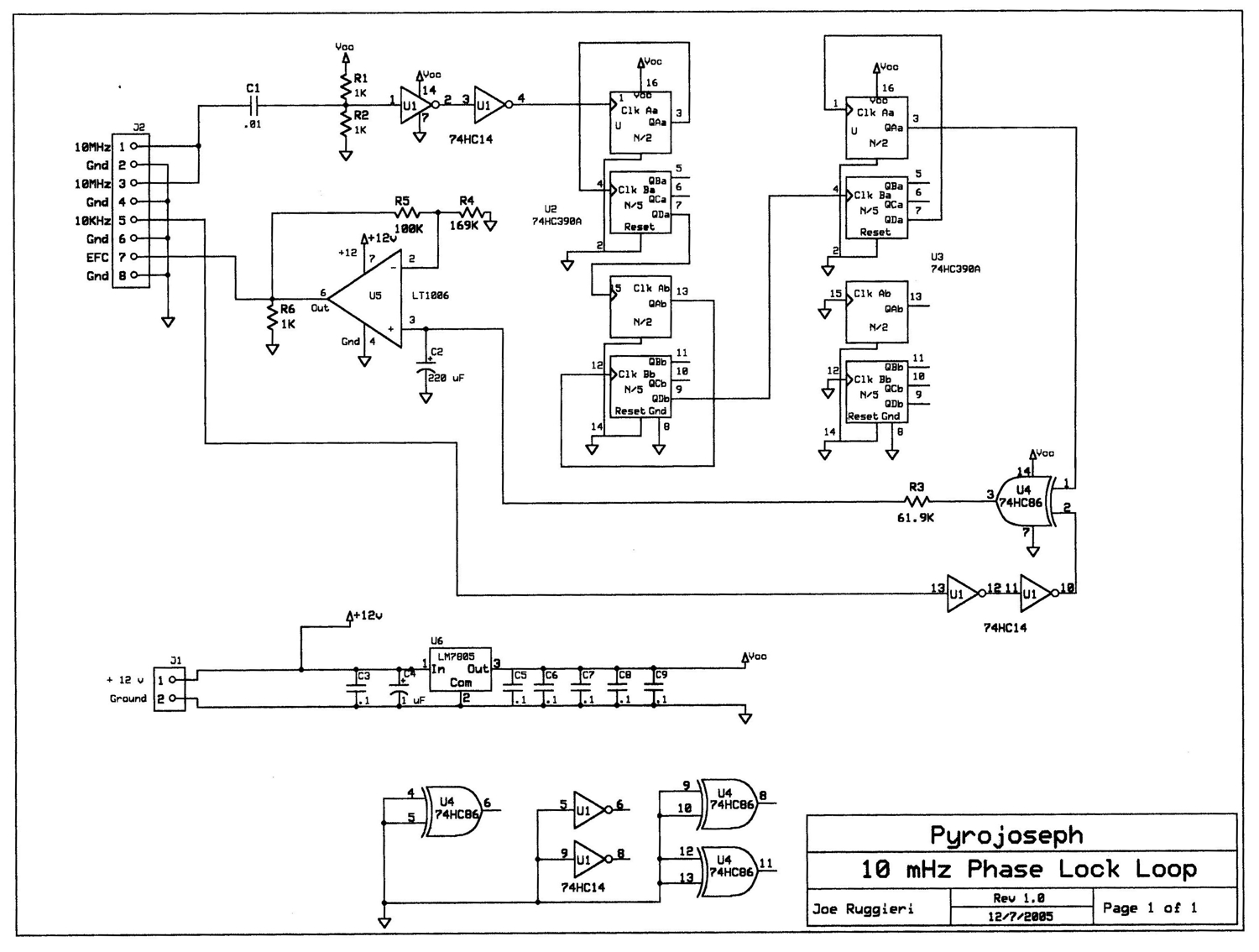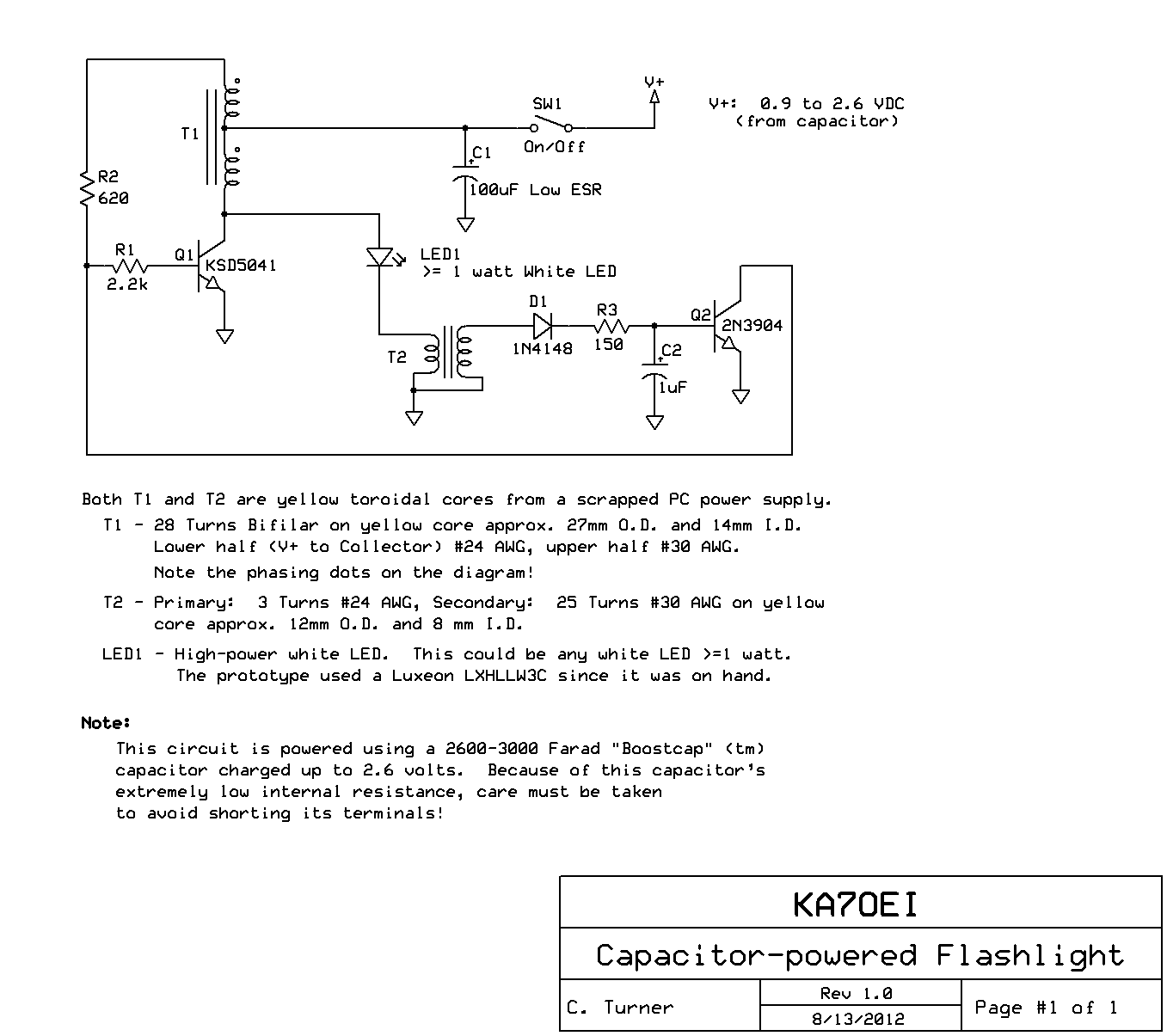
dc power delay based on scr
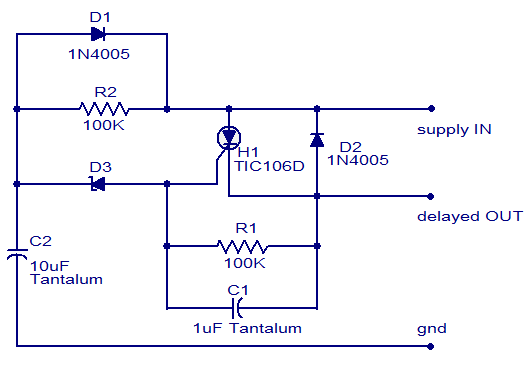
The circuit diagram presented illustrates a straightforward DC power delay circuit that utilizes a Silicon-Controlled Rectifier (SCR). This circuit is highly versatile and applicable in various scenarios. The operation is uncomplicated: when the input power is supplied, capacitor C2 charges through resistor R2. Once the voltage across the capacitor exceeds the breakdown voltage of Zener diode D3, SCR H1 is triggered, resulting in a delayed output power at OUT.
The described DC power delay circuit effectively employs an SCR to manage the timing of power delivery in various electronic applications. The key components include capacitor C2, which plays a critical role in storing energy, and resistor R2, which controls the charging rate of the capacitor. The Zener diode D3 is crucial for establishing the voltage threshold that initiates the SCR's conduction.
In operation, upon the application of input voltage, capacitor C2 begins to charge through resistor R2. The time it takes for C2 to reach the necessary voltage level is determined by the values of R2 and C2, which set the RC time constant. Once the voltage across C2 surpasses the Zener breakdown voltage, D3 conducts, providing a gate trigger to SCR H1. This action allows current to flow from the power source to the output, effectively creating a delay in power availability at OUT.
The circuit's delay can be adjusted by modifying the resistance of R2 or the capacitance of C2, enabling customization for specific applications. This flexibility makes the SCR-based DC power delay circuit suitable for use in various electronic devices, such as soft-start circuits in motors, timing applications, and remote control systems, where delayed activation is desirable. Overall, this circuit exemplifies a simple yet effective means of controlling power delivery in electronic systems.The circuit diagram shown here is a simple circuit DC power delay, which is based on an SCR (Silicon-Controlled Rectifier). This circuit is very useful and can be used in many applications. The operation of this circuit is very simple. When input power is applied to the capacitor C2 charges through resistor R2 when the voltage on the capacitor jus
t above the voltage of the Zener diodes D3 breaks, breaks and H1 SCR is triggered and the power delay will be available in late OUT. 🔗 External reference
The described DC power delay circuit effectively employs an SCR to manage the timing of power delivery in various electronic applications. The key components include capacitor C2, which plays a critical role in storing energy, and resistor R2, which controls the charging rate of the capacitor. The Zener diode D3 is crucial for establishing the voltage threshold that initiates the SCR's conduction.
In operation, upon the application of input voltage, capacitor C2 begins to charge through resistor R2. The time it takes for C2 to reach the necessary voltage level is determined by the values of R2 and C2, which set the RC time constant. Once the voltage across C2 surpasses the Zener breakdown voltage, D3 conducts, providing a gate trigger to SCR H1. This action allows current to flow from the power source to the output, effectively creating a delay in power availability at OUT.
The circuit's delay can be adjusted by modifying the resistance of R2 or the capacitance of C2, enabling customization for specific applications. This flexibility makes the SCR-based DC power delay circuit suitable for use in various electronic devices, such as soft-start circuits in motors, timing applications, and remote control systems, where delayed activation is desirable. Overall, this circuit exemplifies a simple yet effective means of controlling power delivery in electronic systems.The circuit diagram shown here is a simple circuit DC power delay, which is based on an SCR (Silicon-Controlled Rectifier). This circuit is very useful and can be used in many applications. The operation of this circuit is very simple. When input power is applied to the capacitor C2 charges through resistor R2 when the voltage on the capacitor jus
t above the voltage of the Zener diodes D3 breaks, breaks and H1 SCR is triggered and the power delay will be available in late OUT. 🔗 External reference
